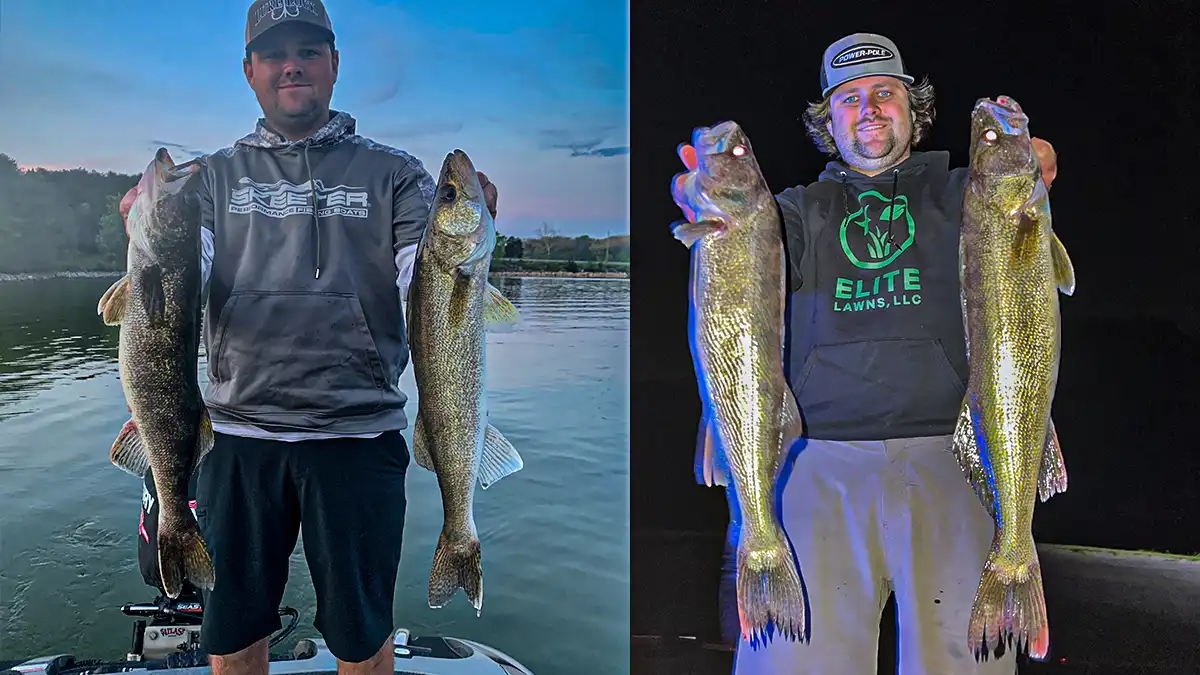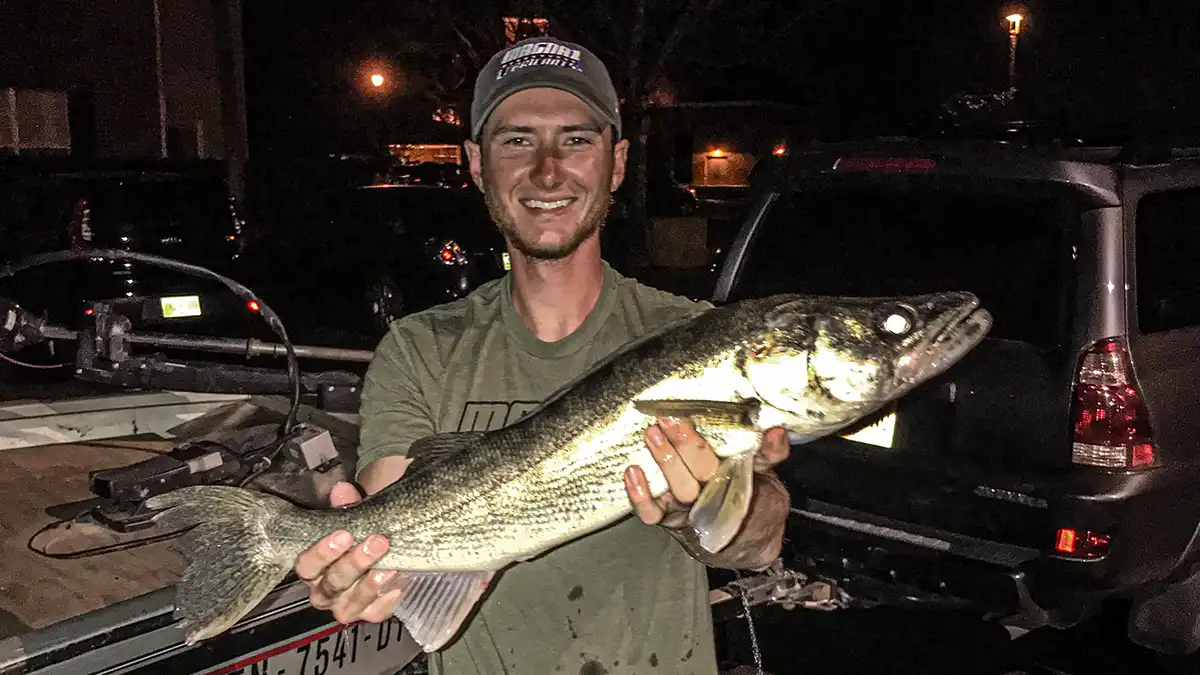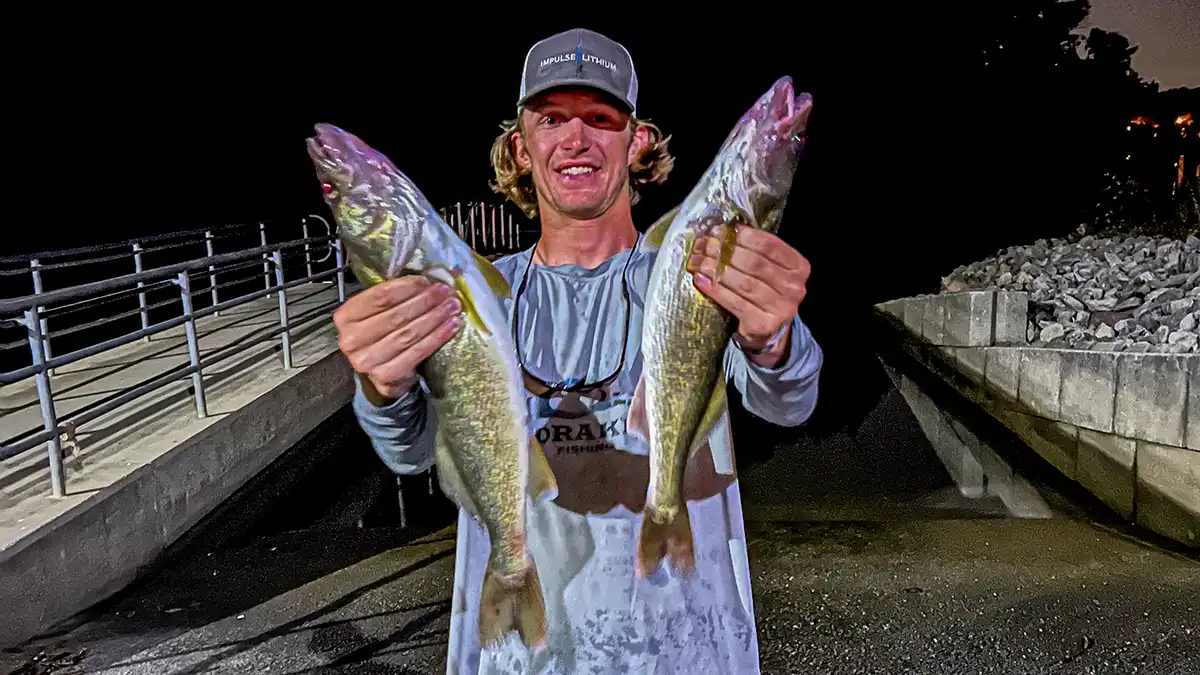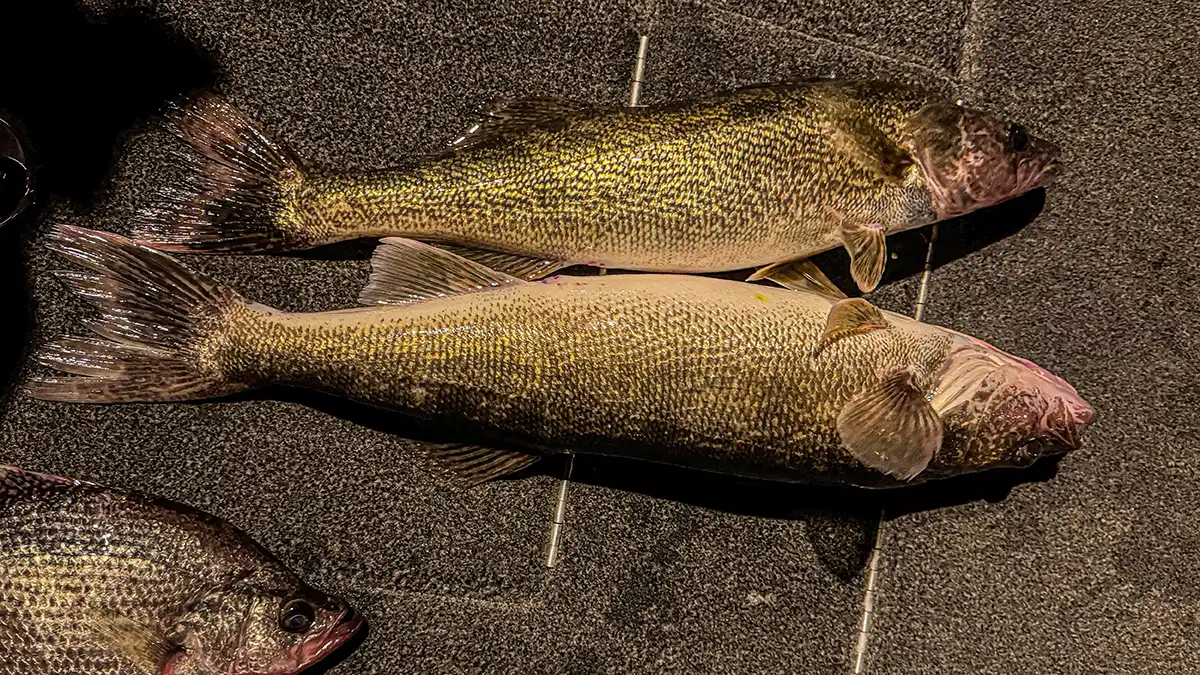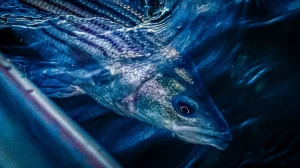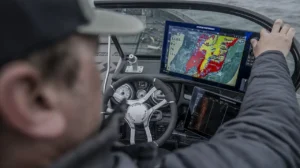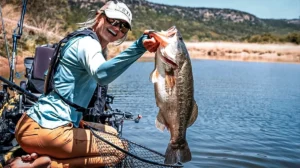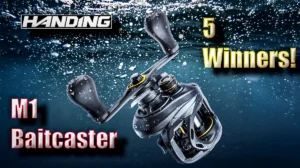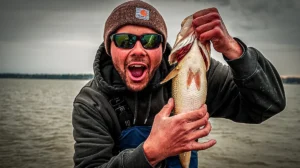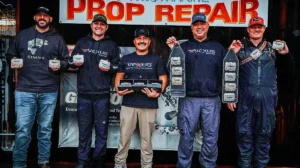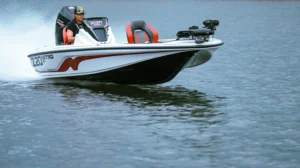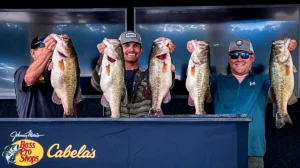Growing up in East Tennessee, I’ve always been surrounded by ample outdoor opportunities. This area of the country has fantastic trout, panfish and bass fishing. I grew up targeting all three of these species, however there was one fish that flew under my radar until recent years. Contrary to popular belief, east Tennessee has a thriving population of walleye, and they’re a real blast to catch.
I was first introduced to southern walleye fishing by my good friends Corey Brooks and Robert Gee. These are both East Tennessee locals who have dedicated a large portion of time to dialing in the Tennessee waterways. We’ve since made trolling for walleye an annual tradition, and it’s something I look forward to every year. This feature explains what we look for, what we use, and where we fish when trolling for southern walleye.
THE IMPORTANCE OF CURRENT
Current is arguably the most important factor in having a successful day of walleye fishing. These fish typically reside in deep, cool water. Current forces these fish to set up along the bottom, making them much easier to catch. We have a few key locations in eastern Tennessee where we typically target these fish, however they’re often unproductive if there’s no current. On my local river system, 40,000 average hourly discharge seems to be the magic number. This is true for most fisheries as there is enough current to position fish to bite, but not enough to blow out the river system.
Deep ledges, humps and current seams are all high percentage locations. I generally focus on main lake locations that receive lots of current. This causes fish to congregate in specific locations looking for food. Making repetitive drifts over the same location is my preferred way to target this species. Using down and side imagine is another easy way to locate these fish. Walleye typically don’t travel in giant schools, however you can often see them holding tight to the bottom on down imaging.
LOOK FOR HARD BOTTOM
Looking for a hard bottom is another important factor in becoming a successful walleye fisherman. These fish are bottom dwellers, and they prefer to reside in hard, rocky locations. Graphing for rocky bottom using side and down imaging is likely the easiest way to find these high percentage locations. They are typically found along channel swings, main lake points and humps. It’s hard to see fish in these locations given the large amounts of rock that are typically present, however if you see one there’s often a boat load more.
These fish reside at different depths depending on current, water temperature and the current weather conditions. I typically target depths anywhere between 10 and 30 feet deep. Lure selection becomes increasingly important as you change depths. You want your bait to swim right above the rocks, causing fish to shoot out and commit to your bait. If your lure is too high in the water column the fish won’t see it, however if it’s too low it will get snagged in the rocks, so finding that perfect lure is often key.
BAIT SELECTION
There are hundreds if not thousands of different walleye plugs (here is our roundup of the most recommended walleye lures if you need to know where to start), each suited for their own specific scenario. While I own thousands of different bass lures, I typically only troll two specific baits for walleye. This isn’t because I haven’t tried other lures, these just seem to work the best for the scenarios I typically fish. Whenever I’m trolling around shallow rock, I opt for the Strike King KVD 100 jerkbait. While this isn’t a traditional walleye bait, we’ve found great success trolling this lure over rocks in 8 to 12 feet of water. I prefer bright colors whenever I’m fishing for walleye, with my two favorite color patterns being fire tiger and clown.
For deeper trolling, I prefer the Bandit Walleye Deep Diver. This bait dives up to 27 feet deep, however you can use it much shallower by upping your line size. Whenever I’m fishing in that 20-30 foot range, I typically stick with either 10 or 12-pound fluorocarbon fishing line. This allows the bait to reach its maximum depth, perfect for targeting deep walleye. If I’m fishing between 15-20 feet however, ill go up to 15-pound fluorocarbon line. The increased diameter of your fishing line allows your bait to stay higher in the water column, ultimately allowing you to fish the bait much shallower.
HOW TO TROLL
Once you’ve got your bait selection down, there’s nothing left to do but fish. Trolling is a super simple way of targeting these fish, and it requires little to no effort from the angler. I prefer to troll into the current, leaving lots of line between the boat and the lure. This is likely the biggest tip I can give you when trolling for walleye, as I see many anglers trolling with their baits too close to the boat. I typically start the night by trolling a few different locations. Once I get a bite however, I’ll do multiple drifts in the same location. These fish travel in small groups, so whenever you catch one you can often catch a few more.
Trolling up current seams is another productive way to get bit using this technique. Paying attention to your trolling speed is also necessary to keep your lures performing correctly. I typically troll between 2 and 3 miles per hour, however I’ll slow down if I’m trolling against fast current. Moving too fast causes your plugs to blow out, ultimately hurting your chances of success.
GO AT NIGHT
Another thing I’ve learned through my years of trolling for walleye is that you need to go at night. Walleye are traditionally nocturnal feeders, this means that walleyes primarily feed at night. While I have had some mild success trolling for walleye during the day, nighttime seems to be when things really turn on. Some of my favorite times to troll for walleye are between 10pm and 2am. While these may seem like obscure hours, the fish really do feed better at night.
Not only can you catch a ton of fish night fishing for walleye, but they taste great too. I typically fish with a group of two to three friends, often collecting a three man limit on walleye on most trips. It’s our tradition to sleep in the day after fishing, and then celebrate with a giant fish fry the night after. This process can be hard work at times, however the good food and memories made with good friends makes it all worth it. If you’re located in the southeastern United States, I highly recommend you try trolling plugs for walleye, you won’t be disappointed!




